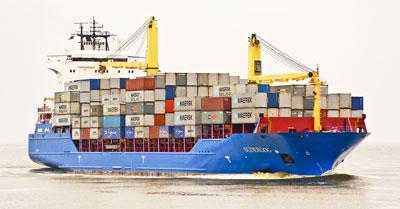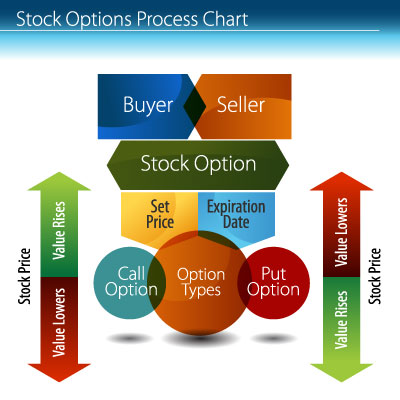
- Offshoring
-
This means that a company moves all or part of its production of goods or services to another country. Offshoring can be said to be outsourcing to suppliers outside of a country's borders. Since the beginning of the 1990s, European businesses have moved a great deal of their production to Asia.
More
Offshoring happens to the greatest extent from high-cost countries to low-cost countries. A prerequisite is the ever more globalized economy which makes it ever easier to move capital, products and services between countries. Globalization has also brought about increased cost and price pressure from low-cost countries, and the principal purpose of offshoring has been, and still is, to lower costs in order to meet increased price competition. But offshoring is driven more and more by the possibility of also establishing R&D and sales in the country to which the production is moved. Especially interesting countries are the rapidly growing markets in Asia, where China, India, Indonesia and Vietnam are some examples.
Clearly, the advantages of offshoring are not only financial ones. It also leads to increased contacts, collaboration and cultural exchanges between countries. The receiving countries get to share know-how, investments and opportunities for work, which in turns leads to growth and increased well-bring. But there are also of course disadvantages and risks with offshoring, for example:
- Increased logistical complexity.
- Increased costs for inventory maintenance, quality control, travel, etc.
- Cultural and language barriers.
- Risks of copying and "theft" of intellectual property, e.g., know-how, patents and trademarks.
- Export of employment opportunities.
- CSR risks - e.g., bribery and child labor.
In principle, all manufacturing of clothing today is done outside of industrialized countries. Here the global trademarks Nike (US) and H&M (Sweden) have been pioneers and have built up production using partners in a large number of developing countries. But offshoring of electronics and software is also of great importance and there China and India are large recipient countries.
- See also
- Next
- Outsourcing
- GNP
Image: Shutterstock



